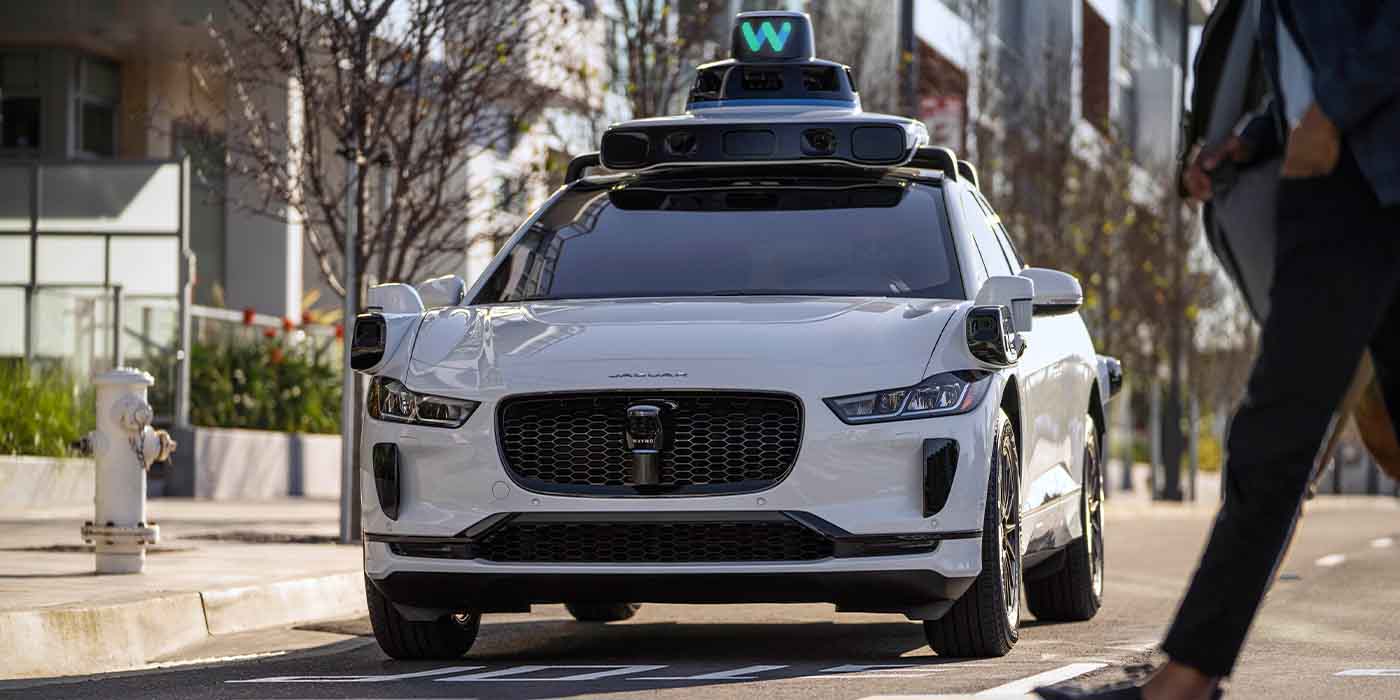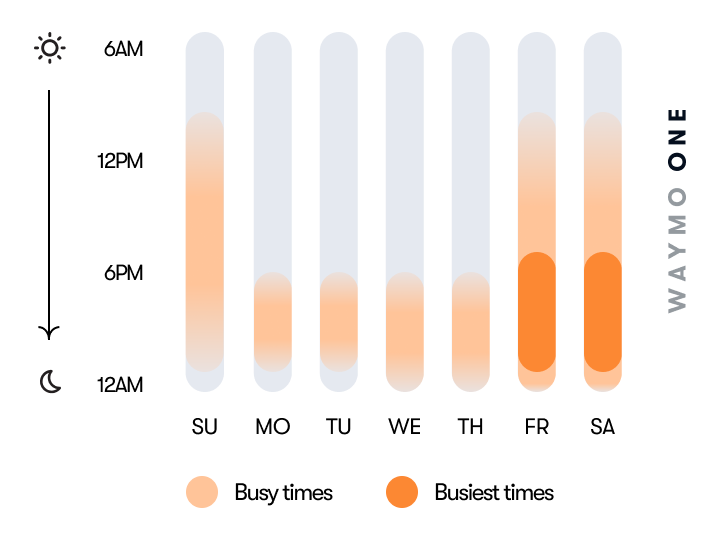
Waymo received final approval to operate its driverless taxis in California last week and will start charging for its driverless robotaxi service in San Francisco starting Monday, August 21.
Last week, the California Public Utilities Commission issued its final approval allowing Google’s Waymo and GM’s Cruise driverless taxi services to operate 24/7 in the state.
Both companies currently operate public rideshare services only in San Francisco, though Waymo is testing driverless rides with employees in LA, and Cruise will start doing so soon.
Last year, Cruise started charging for rides in San Francisco, but until now, Waymo has not. Waymo does charge for rides in Phoenix (and has since 2020), where it first began its public operations, but its SF rides have been free up until this announcement.
Today, Waymo emailed its current Waymo One users, letting them know about next week’s fare implementation. (Thanks to our reader Scott for tipping us off on this.) In Waymo’s announcement, it specified a few points about its fare system:
- We’re transparent with our pricing — you’ll always know your trip cost before you book
- We base the price of your trip on the most direct route. Even if the car reroutes, or adapts a route in an unexpected way, the cost will not change
- During busier times, like nights and weekends, prices may be higher to help manage demand for rides
- Our wheelchair-accessible vehicle (WAV) service will remain free for now
Waymo has not yet listed its fare structure. A little more information is available on Waymo’s Help Center, but for actual fares, you’ll have to check the app. Until now, the app has shown an estimated price for each ride, but the price was struck through and replaced with “$0.” So we imagine pricing will stay similar to what the app has shown until now.
For comparison, Cruise charges a base fare of $5, with an additional 90 cents per mile and 40 cents per minute. But one big difference between the systems is that Cruise does not use surge pricing, whereas Waymo says that it will. As a result, Waymo’s “standard fares” will likely change, based on what time you’re ordering the service.
In comparison to other ride-hailing apps, we checked a sample ride on Uber, Lyft, and Waymo, and all three offered similar prices in the $11-14 range – though with Waymo, you don’t have to tip a driver, so there’s that. For reference, the sample fare was along a bus route with a fare of $2.50 and a free return trip within 2 hours.
Waymo says its busier times are generally weekday nights and all day on weekends, with exceptionally busy times on Friday and Saturday nights:

The system may be about to get busier, too, as Waymo rolls out to more users. While Waymo is currently open to the public, there is still a waitlist to get in as an approved user, which you can sign up for through the Waymo One app.
The app currently has 100,000 users on its waitlist and serves 10,000 rides a week between San Francisco and Phoenix. Those waitlist users will be invited “incrementally” as the service is expanded.
FTC: We use income earning auto affiliate links. More.



Comments